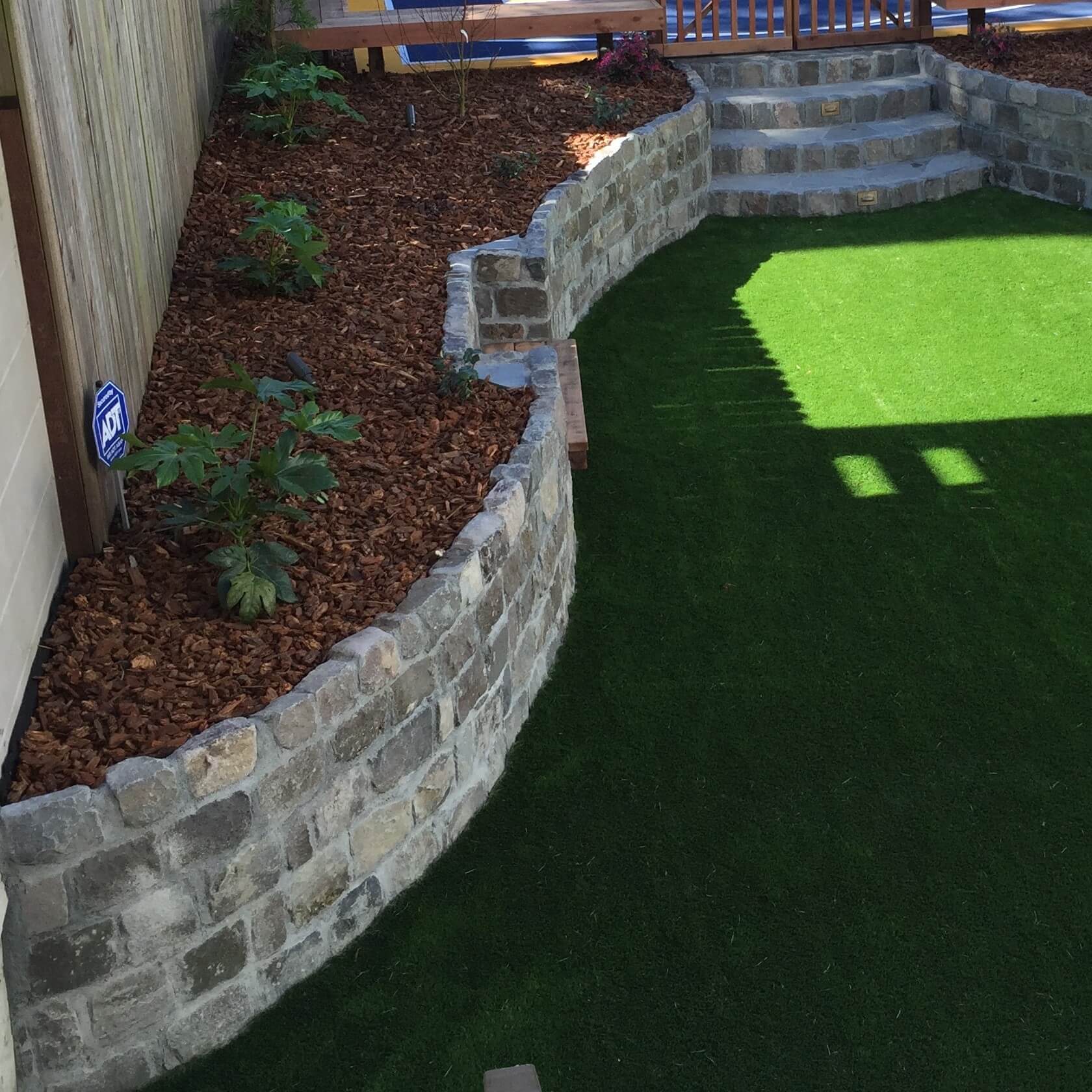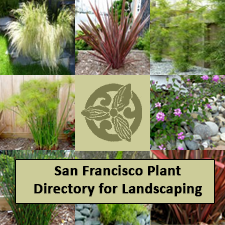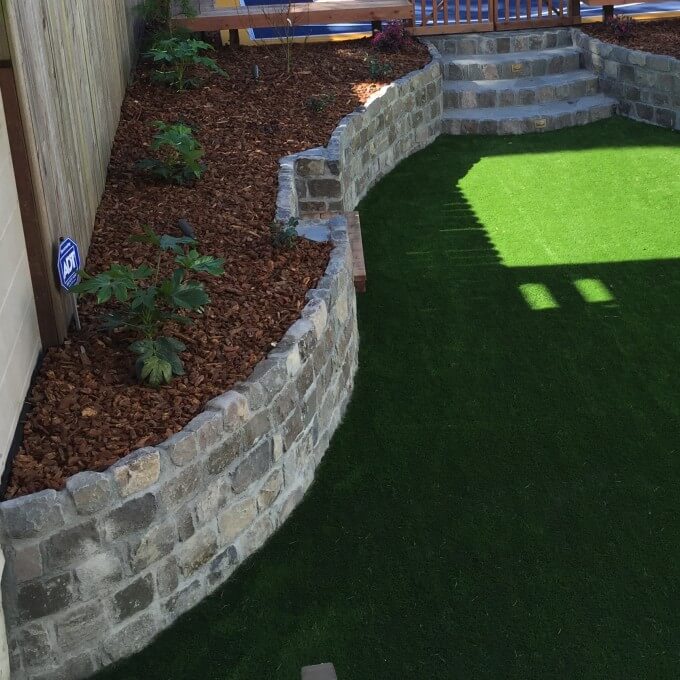
No one can argue that grass, despite needing maintenance, is necessary to help form and maintain vast ecosystems, feed animals, and provide assistance in regulating the earth’s climate. Having said that, traditional grass lawns can be quite thirsty and require chemical treatments. The costs for maintenance can also add up over time.
When it comes to beautifying the outdoor spaces of your home, there are some exciting green lawn alternatives to choose from that will require less water and effort to maintain. These are also potential alternatives where chemicals may not be required. It’s all about eco-friendly landscaping.
Eco-Friendly Groundcovers
If you like the idea of a dense, walkable carpet with a lovely fragrance that offers drought resistance, then creeping thyme (thymus) can be a consideration. With a subtle hint of mint and lemon, this plant evokes a sense of freshness. Thyme is perfect for light foot traffic as well. Clover is an excellent choice that also adds a touch of green, and it benefits nearby plants by adding nitrogen to the soil. You can choose from numerous varieties.
We can’t possibly forget to mention the Creeping Jenny, often used in landscapes and gardens for its ability to quickly spread and form a dense mat. Wooly yarrow is a soft, silvery color that tolerates drought conditions. It’s a ground cover choice that’s quite friendly to the environment. There are a multitude of choices.
The Sheer Abundance of Wildflowers
The beauty and wonder of wildflowers in nature’s canvas can be breathtaking, and with California’s 270-day growing season, there’s no shortage of native plants. We can help you design a wildflower mix that looks like a beautiful meadow bursting with color in your special outdoor spaces. We’ll also make sure your choices suit your area’s microclimate for the best results. Wildflower mixes are a great way to replace turf while providing alternatives that help reduce water consumption.
Daisies can bring cheer to any landscape. The great thing is these flowers come in various colors with minimal maintenance, and they’re perfect for planting in a drought-prone area. They’re a wonderful choice for adding a pleasant touch of charm to any landscape design. Black-eyed Susans resemble daisies with their dark centers. These flowers are drought tolerant, so they help with water conservation, and they can provide a long blooming season.
Additional Wildflowers with an Abundance of Green Foliage
Don’t forget that the goal is to help keep your yard green and eliminate the need for traditional grass. As such, you can always count on moss to thrive in those shady lawn areas with partial shade or little sunlight. Moss rarely gets patchy and doesn’t need watering, mowing, or fertilizing while helping to retain moisture in the surrounding soil. We can add the California poppy, sticky monkey flower, Douglas iris, blue-eyed grass, California fuchsia, lupine, checkerbloom, farewell-to-spring, and the California buckwheat to an amazing selection.
Ornamental grasses are also an option that can attract pollinators and songbirds, and they can easily adapt to a variety of climates and soils. Many people may not be aware of it, but landscaping greenery is known to provide psychological healing benefits.
Discover our range of drought-resistant, low-maintenance plants to make your outdoor space beautiful and sustainable. Explore our plant selection.
The Benefits of Eco-Green Landscaping
With many of the ideas we’ve shared, you can look forward to skipping the need for traditional grass. Here’s how you can benefit the environment through creating a beautiful and eco-friendly lawn with alternatives to traditional grass:
- Prevent Air Pollution: You may even want to find a place in the shed for your gas-powered lawn mower. Personal mowing or fertilizing can become a thing of the past. By eliminating the need to mow your lawn, you reduce the emission of harmful pollutants into the atmosphere.
- Support Biodiversity: You’ll be helping to support biodiversity by attracting butterflies and bees. These pollinators play a crucial role in maintaining the health of ecosystems.
- Improve Soil Quality: Your new landscaping will help to improve soil quality and add nutrients. Plants like clover can enhance soil fertility, promoting healthier plant growth.
- Conserve Water: You’ll help conserve water by planting wildflowers and natural groundcover. These plants require significantly less water than traditional grass lawns, making them ideal for hot, dry climates in the United States.
- Reduce Chemical Use: You’ll also be able to reduce or eliminate the need to use harmful chemicals and pesticides. This is not only beneficial for the environment but also creates a safer space for children and pets.
- Enhance Aesthetic Appeal: Stepping stones can be integrated into your garden design, allowing for pathways that add both functionality and beauty. They’re especially useful in areas with heavy foot traffic.
- Long-Term Sustainability: Many of these plants, like moss and thyme, develop deep roots that improve soil structure and moisture retention. This leads to a more sustainable and resilient garden that can thrive with minimal supplemental water.
Embracing eco-friendly landscaping isn’t just good for the environment, it’s good for you too. With a variety of low-maintenance, water-wise options available, you can create a stunning outdoor space that provides a habitat for wildlife, reduces your workload, and even offers mental health benefits. So, ditch the traditional lawn and step into a world of vibrant wildflowers, lush groundcovers, and the satisfaction of knowing you’re doing your part for a greener planet.
At Tamate Landscaping, we’ll help you transform your outdoor space into a sanctuary of planned beauty. Call us directly to learn more about how we can assist at 415-481-2536.



